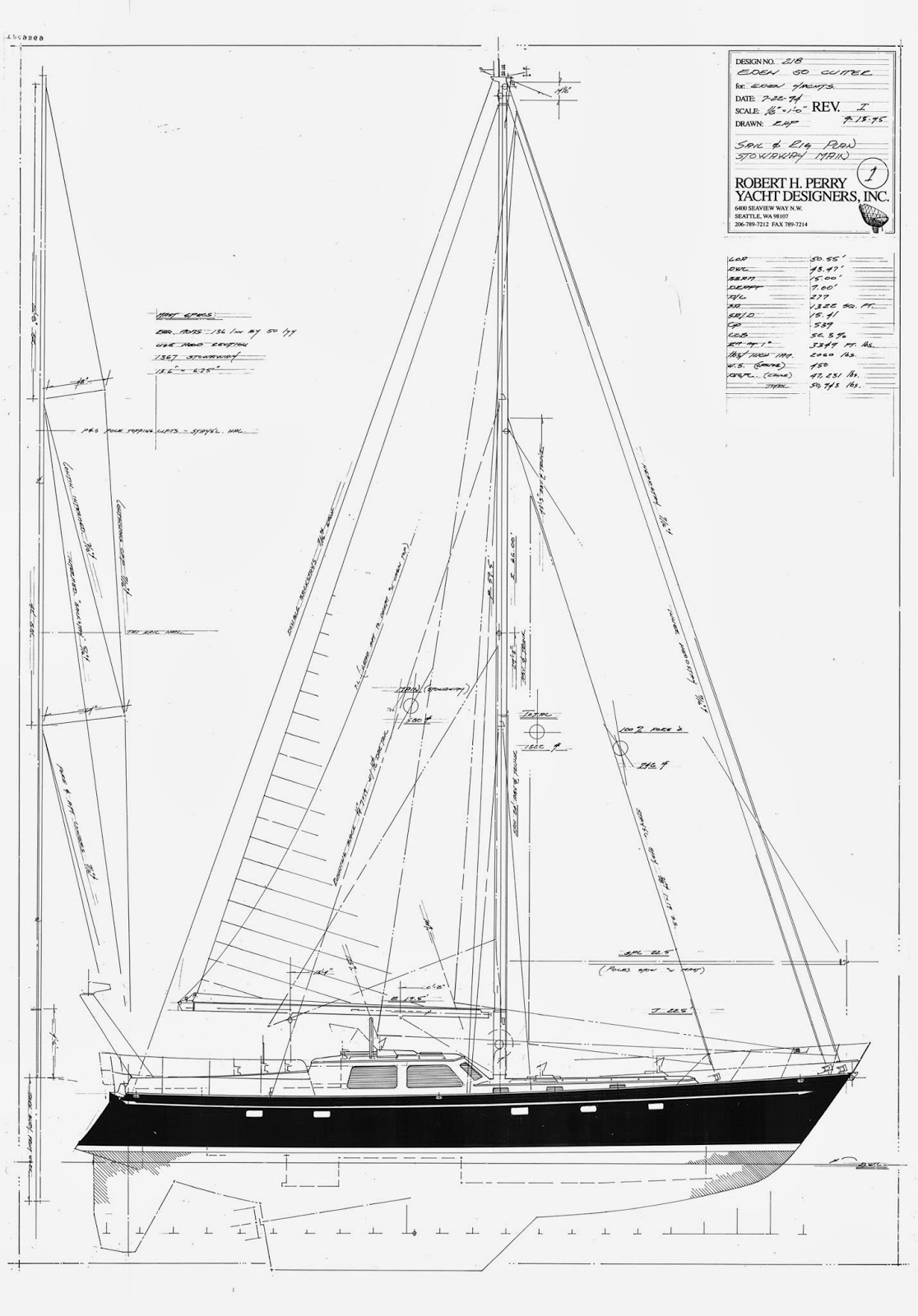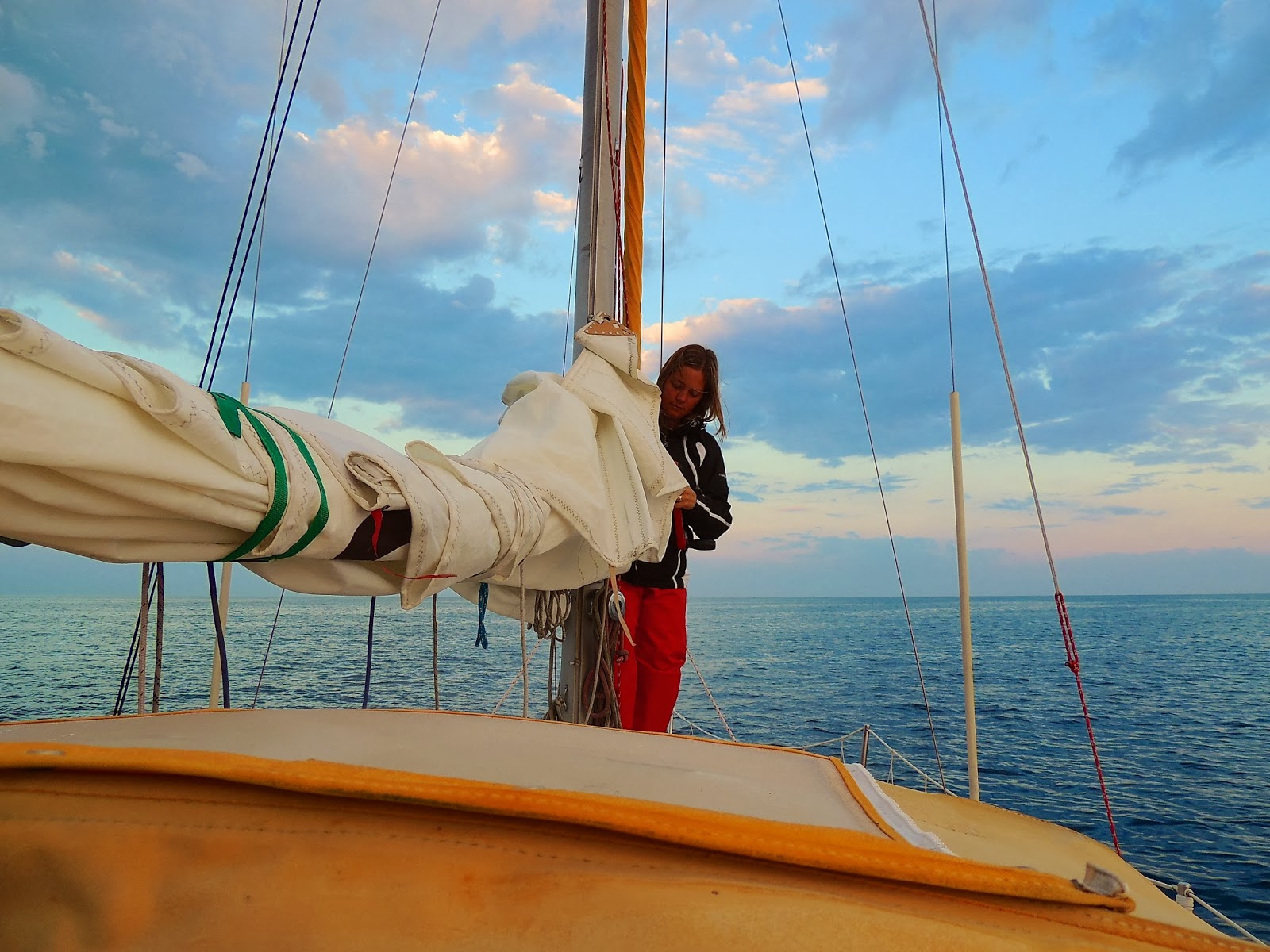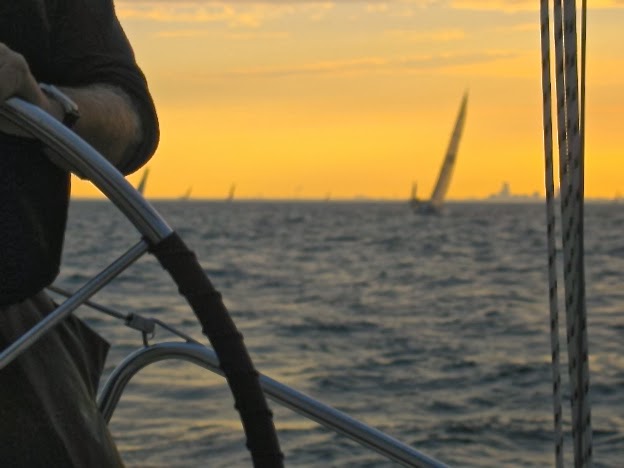Sailboat Rigs According to Perry (Guest post by Bob Perry)

"I hate those cute names like “slutter” and “cutter rigged sloop” or the worst one, “cutter rigged ketch”. We already have all the terms we need to describe rigs that have been around for 200 years. A sloop is a sloop. If someone chooses to add a staysail it’s still a sloop." - Bob Perry (see below) Sailing can seem pretty intimidating if you're bound to learning it from a book. All of the rigging jargon, varieties of sails, and especially the rig types can feel overwhelming. Luckily, once you're on the water ghosting along on a summer zephyr, none of it seems as complex. But if you insist on figuring it out through reading, Bob Perry's words can fill your intellectual sails. Once again, it's my pleasure to welcome Bob back as a guest blogger here at SailFarLiveFree.com. Recently I asked Bob to share his insights into sailboat rig types. What follows is his thoughtful response. [Thanks, Bob! If you haven't read Bob's previous guest posts



